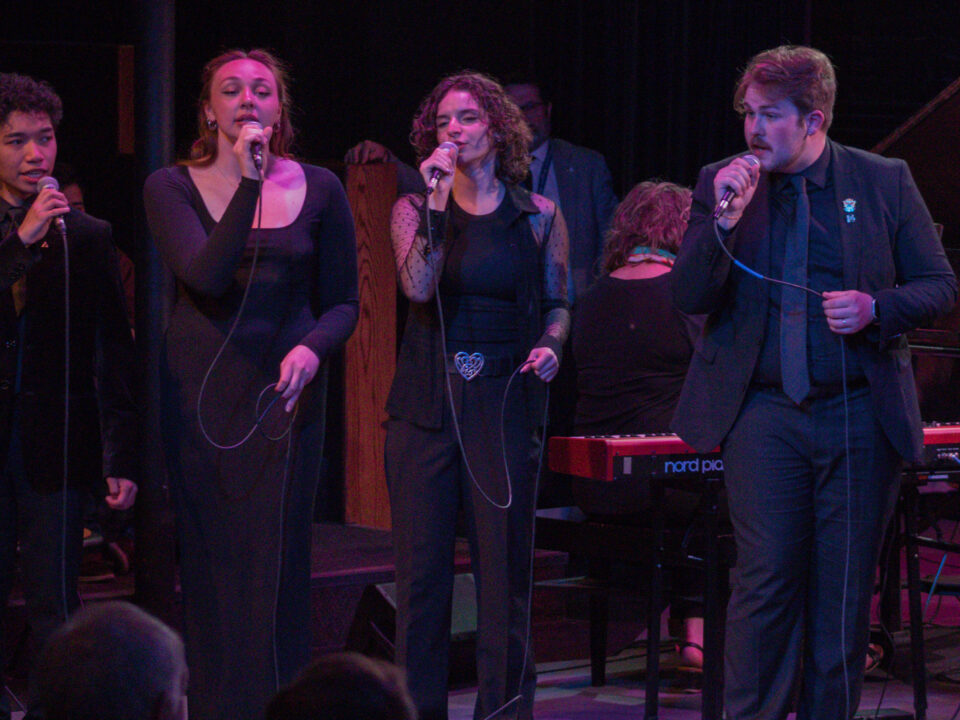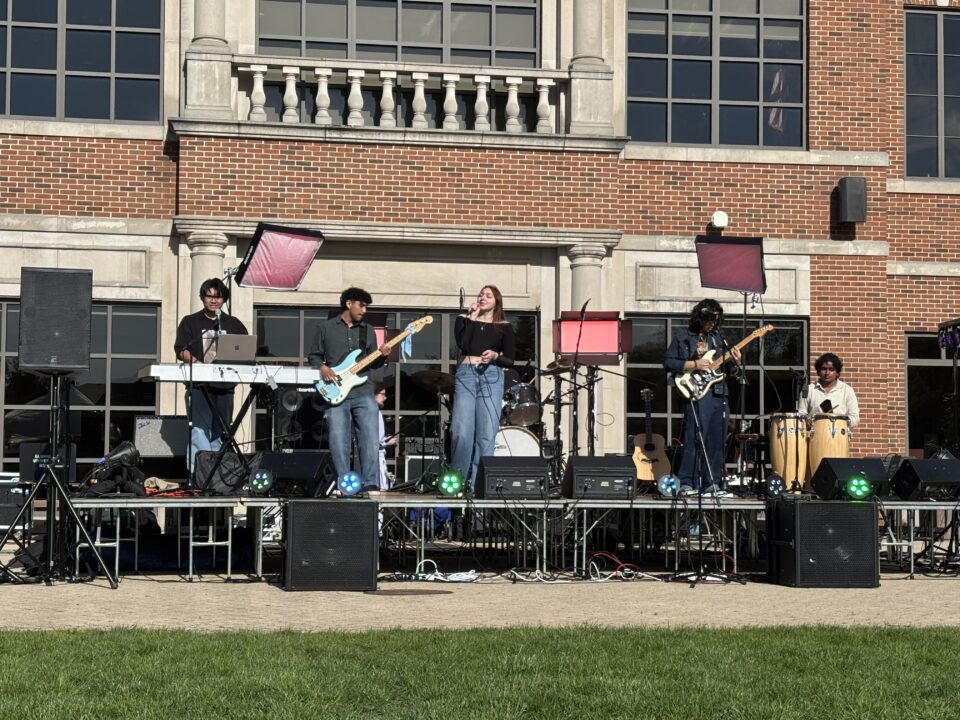It Chapter Two: Good for a jump scare, not storytelling
How much you will enjoy “It Chapter Two” depends on how much you’re expecting. If you bought your ticket looking for scares—and are an easily scared person—you’ll get all that and then some. But if you’re looking for the epic, emotionally gratifying follow-up to the very decent first film, you may as well stay in and pretend that that film got cancelled in the middle of production. “It Chapter Two” is, from a storytelling perspective, the most deflating experience imaginable.
Missing from the start is returning director Andy Muschietti’s subtlety. The first film opened with a patient, grim scene between a little boy and the child-eating clown that set the tone for the rest of the film: unnerving, yet faithful to the perspective of children who can only see and understand the world in wondrous, escapist terms. In comparison, this film opens with a brutally prolonged depiction of a hate crime so bloody and senseless (literally, this scene has nothing to do with the story) that by the time the freakish Pennywise (Bill Skarsgård) shows up, the audience is already numb to whatever CG-tricks he has up his sleeves. To be fair, it could be said that this also sets the tone for the rest of “It Chapter Two”: loud, overlong, self-defeating and thoroughly unpleasant to no meaningful end.
The story is about the clown, Pennywise, making a comeback and going on another cannibal rampage in Derry, the oppressive childhood town from the first film. Mike, who for some reason has never left Derry in 27 years (despite the rest of the Losers getting on with their lives), notices the signs and reignites the blood-oath he and his friends took: that if Pennywise ever came back, they’d reunite and put a stop to it.
The kids have been replaced with adults: Beverly, Bill, Richie, Mike, Ben and Eddie are 27 years older, portrayed this time by Jessica Chastain, James McAvoy, Bill Hader, Isaiah Mustafah, Jay Ryan, and James Ransone, respectively. None of them are mediocre when acting by themselves, but together there is nothing between them, which harms the film’s sense of tension in irreparable ways.
Let’s take a moment to appreciate the sense of comradery that was the lifesource of “It” (2017). The kids in that film sold their every interaction, making the film a decent and compelling watch between the horror scenes. Simply put, they seemed like best friends. It’s perplexing how the same director and screenwriter (Gary Dauberman) can be given two years and three hours of runtime and yet come nowhere close to the first film’s effect.
But what if you don’t care about any of that human-stuff and just want a horrorfest? This is where the film becomes tricky. I, personally, am not easily scared. The types of films that frighten me have nothing to do with jump scares and computer generated abominations, but if that frightens you, “It Chapter Two” is lock-and-loaded with stuff to freak you out with. But your goodwill towards these nightmare-fuel sequences might be demolished after you sit through a marathon of aimless, repetitive scenes of Pennywise stalking a character, confronting them, and then the following:
1. Character claims they’re not afraid of Pennywise.
2. Pennywise does something to scare them.
3. Character cowers in fear while Pennywise assumes the form of a hallucination, doing something wacky but ultimately harmless towards any of the characters that matter to the screenplay.
No exaggeration, by the fourth time this happened I could hear audience members groaning. There is nothing to stop you from bowing out for a smoke or bathroom break when the film you’re watching is so unsupervised that the order of these scenes does not matter.
The grown-up Losers do their best, but at a weird disconnect that has them mostly acting alone rather than together as an ensemble. Bill Hader and James Ransone stand out as the MVPs of the cast; for a movie so bogged-down with an atmosphere of ultra-seriousness, it’s cool to have two characters who are constantly riffing on what’s happening.
Returning as the clown, Bill Skarsgård’s outing this time is a major disappointment, but not through a fault of his own; Muschietti obscures everything that made Pennywise so menacing in the first film. “It” (2017) gave Bill Skarsgård time to really act and fall into the roll of Pennywise. His performance chillingly suggested that the character isn’t just a shape-shifting sewer thing, but a deranged pedophile whose evil has permanently infected Derry. “It Chapter Two” forgets this and turns him into a distracting, visual-effects-dependent mess. The movie shoves Skarsgård’s naturally off-kilter visage out of focus so it can emphasize fake crap, like how many teeth Pennywise has or how enormous his head is. He just doesn’t linger in the mind anymore; he’s been overexposed as a villain.
Maybe the legions of Stephen King fans who adore the gargantuan novel will see this as the end-result they’ve been looking forward to, but this doesn’t feel like a big story anymore. It pulverises the senses with noise and grotesque visuals and a ton of close-ups of the demented clown with a drooling problem, but the emotional edge that would make it immersive and truly memorable is absent. When horror occurs, the same deafening cat-screech sound plays. When horror is about to occur, you can see it coming from a mile away. The characters no longer mean anything to each other, despite Dauberman’s screenplay insisting that they do whenever there’s an emotional lull in the plot. Now, The Losers just feel like strangers, the monster feels like an obnoxiously sinister video-game boss, and the movie itself just feels long and wearying.


